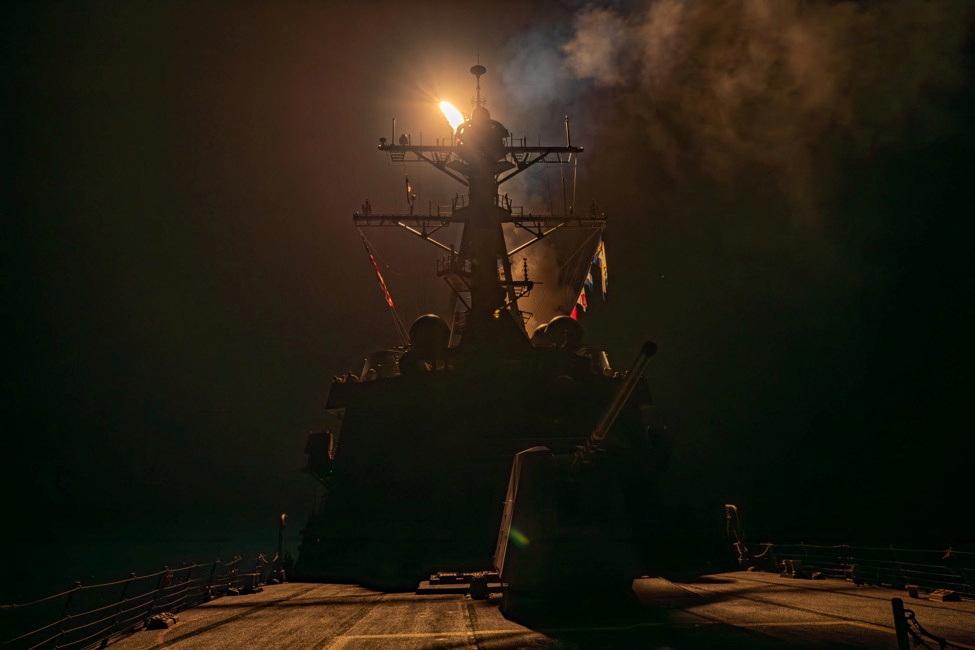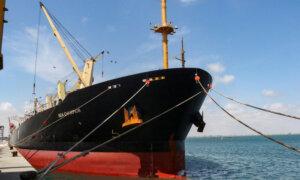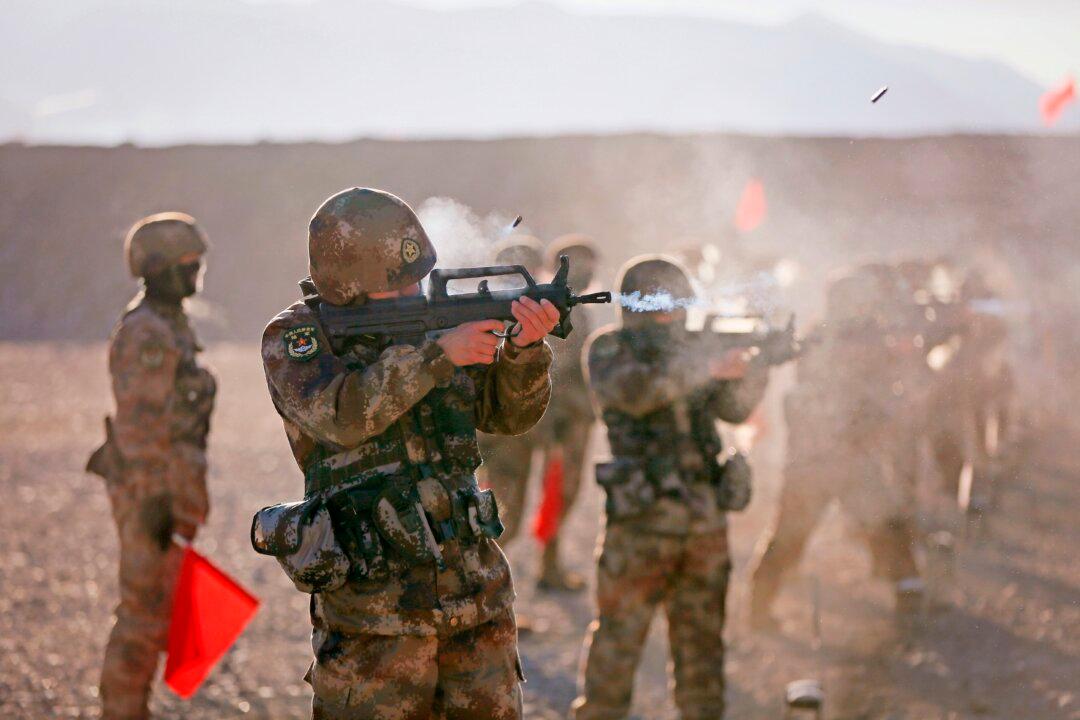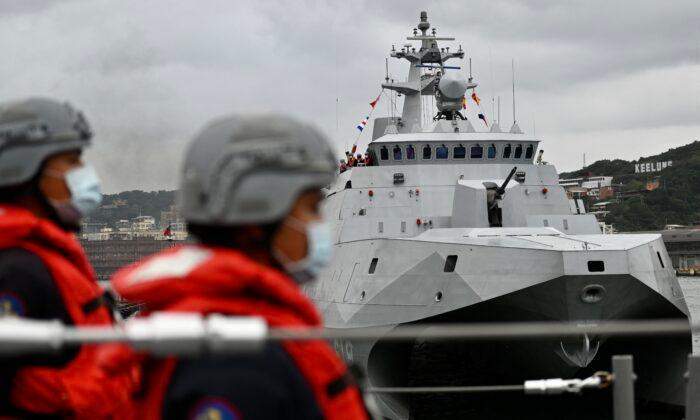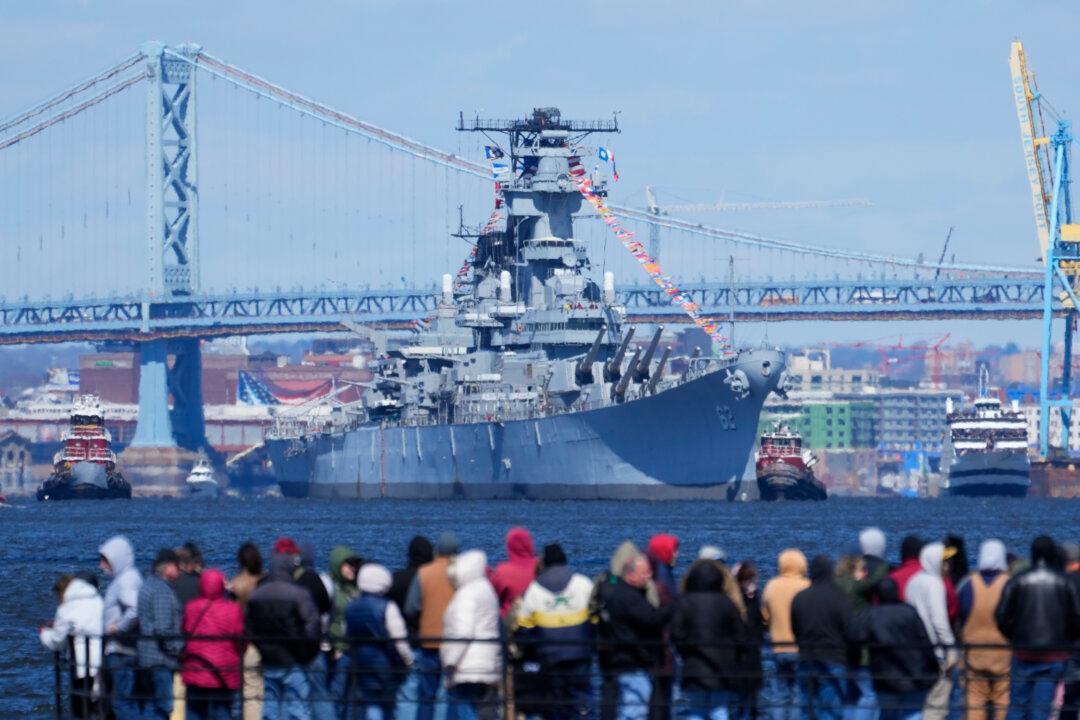Given the kind of ships that the Navy has available to deploy, is there any way to adjust tactics to help reduce the costs of defending against cheap drones?
Commentary
Right now, the U.S. Navy and its allies are fighting to eliminate the threat that Houthi drones and missiles pose to merchant shipping passing through the Red Sea on their way to the Suez Canal, a shipping lane that until recently was responsible for
about 15 percent of the world’s shipping.
Fortunately for U.S. Naval forces, and the merchant ships passing through the Red Sea, the Houthis, unlike the Ukrainians, aren’t getting
real-time targeting information from a tier-one power. Unfortunately, for merchant ships and ships defending them, the southern entrance to the Red Sea, the strait of Bab-el-Mandeb, is very narrow—only about 20 miles wide—and its eastern banks are bordered by Houthi-controlled portions of Yemen.
Unsurprisingly, the vast majority of attacks have taken place near the Yemen coast. We don’t know how many Houthi drones that were never detected plunged harmlessly into the ocean after going off course, running out of fuel, or malfunctioning. And given operational security concerns, and other reasons that the Biden administration may feel warrant information control, we don’t even know if the Navy is reporting all of the launches that have been detected or even how many attempts have been made to intercept the various threats.
But we do know that our Arleigh Burke-class destroyers have launched at least
100 “standard missiles” in their efforts to protect merchant ships, as well as for self-defense. Whether the missiles have been SM-2s (
$2.1 million each), SM-6s ($3.9 million each), or Evolved Sea Sparrow Missiles (ESSM), at about $2 million each, the missile cost has been at least $200 million. We also know that most of the drones being shot down cost well under $20,000, with many
costing just a few thousand dollars.
That brings us to the question that has been plaguing Russia and Ukraine’s weapon suppliers:
the sustainability of using multimillion-dollar air defense missiles to bring down drones that cost a few thousand dollars. Given the kinds of ships that the Navy has available to deploy, is there any way to adjust tactics to help reduce the costs of defending against cheap drones?
The sad fact is that, as of right now, the answer is probably “No” for a number of reasons. The first reason is that our Navy has failed to acquire or build effective littoral combat ships. Instead, we have continued to build big surface combatants such as the Arleigh Burkes, which were designed to provide air defense against expensive airplanes and missiles. Consequently, with the 26 littoral combat ships not yet retired being practically useless, and with most of our Ticonderogas being so poorly maintained they are now undeployable, we have deployed the only ships we can deploy—the Arleigh Burkes.
As I pointed out in a
recent article, the Arleigh Burkes are versatile, capable ships that have been the backbone of the Navy for decades. However, while they are versatile and can certainly be used in the Red Sea, they were not designed to take on cheap drones, nor were they designed for littoral operations.
First of all, the DDG-51s are blue-water ships. By blue water, I mean the Pacific Ocean, the Atlantic Ocean, et cetera—and the larger seas. They were not designed for littoral combat-type operations that have been taking place in and around the confining waters of the strait of Bab-el-Mandeb. And they truly are guided missile destroyers, with almost all of their offensive and defensive power projection coming from the previously mentioned large, expensive missiles. These missiles were designed to take out missiles and aircraft costing from hundreds of thousands of dollars to many tens of millions of dollars.
While the missiles carried by the Burkes are expensive, and could be considered overkill when it comes to defending against slow-flying, easy-to-shoot-down drones, the Arleigh Burke’s secondary anti-air weapons, while moderately capable of providing a last-ditch defense of the ship, aren’t capable of providing the defensive power needed to protect Red Sea shipping.
The reason that the Burke’s second- and third-tier air defense weapons are truly best used as a last-ditch defense against air-based threats is that both the
Mark 45 5-inch gun and
20 mm Phalanx close-in weapon system fire unguided rounds. And while the guns are very accurate, unlike guns that shoot guided rounds, their accuracy is range-dependent. Consequently, they start to become efficient and effective at providing air defense only when the target is quite close to the ship. Even a 120-mile-per-hour drone doing basic evasive maneuvers could have a good chance of getting within a few miles of the ship before being destroyed by the Burke’s Mark 45 gun. And with a
maximum effective range of only 1,625 yards, the Phalanx truly provides only very short-range air defense. So, neither the Mark 45 nor the Phalanx can do much of anything to provide air defense for the merchant ships that the U.S. Navy is trying to protect.
Further, while the Mark 45 and Phalanx could be used to destroy drones targeting their ship, using them that way negatively impacts their readiness at providing the second and third layer of active defenses that the Burke relies on should a far more deadly missile get past a Burke’s air defense missiles, during or shortly after, they were used to destroy a drone.
Finally, no captain is going to forgo using the weapons that provide the absolute best chance of ensuring his ship is not damaged, and for the Arleigh Burke destroyer, that means employing $2 million missiles to destroy drones costing a few thousand dollars.
That doesn’t mean that the right guns mounted on the right ship could not be effective in destroying cheap drones as well as missiles.
Here’s an idea, rather than buying more large surface combatants such as the 9,700-ton Flight III Burke’s and the 7,300-ton Constellation-class frigates, for about a quarter of the cost of a new Burke, the Navy could acquire the $500 million, heavily armed 2,000-ton
Sa’ar 6 Corvette that not only mounts
OTO-Melara’s excellent 76 mm air defense gun, but also comes loaded with Iron Dome-derived
anti-air missiles (
C-Dome) with an effective range of 40 miles.
The estimated cost of C-Dome missiles is
well under $100,000 per missile. And with the Corvette being cheaper to run, with roughly a quarter of the crew of a Burke, you can deploy more of them to provide better coverage.
When outfitted with the U.S. Navy’s powerful
cooperative engagement capability, Arleigh Burke destroyers can coordinate the Sa’ar 6 Corvettes’ defensive operations, using them to deliver defensive power when and where needed.
Views expressed in this article are opinions of the author and do not necessarily reflect the views of The Epoch Times.
